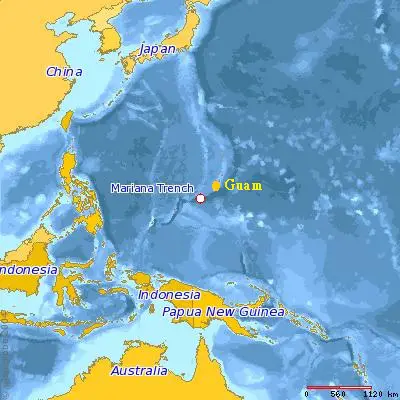BIMCO is working on biofouling management and for better access to in-water cleaning. This is because a lot of states, shipowners and port authorities are attracted towards biofouling.
For the transfer of invasive aquatic species (IAS) and fouling on a hull of ship raises the drag of the ship in the water making biofouling important.
Hydrodynamic performance is decreased and the fuel consumption increases, thus having an effect on the GHG emissions of the ship and commercial performance.
A biofouling survey was launched by BIMCO in 2018 to show how biofouling is managed by shipowners. The results have been submitted to the IMO.
IMO might review the present 2011 Guidelines from March 2020, for the control and management of biofouling of the ship to reduce the transfer of invasive aquatic species. BIMCO’s survey will contribute to this task.
“The result of the survey has been submitted to show the IMO that shipowners are taking biofouling management seriously. It is very positive that 87% of the respondents are using the IMO biofouling guidelines,” says Aron Sørensen, Head of Marine Technology & Regulation at BIMCO.
Biofouling needs for the ships that are visiting their ports are being developed by few countries on the other hand in-water cleaning of ships in the waters is prohibited.
“Another important conclusion is that ships are dependent on access to safe and environmentally sustainable cleaning facilities on a global basis,” Sørensen says.
A standard on in-water hull and propeller cleansing is being made according to the plan by BIMCO and a group of industry partners. The draft of standard is being made and is scheduled to be published in the beginning of 2020.
Reference: Bimco
from WordPress https://www.maritimemanual.com/bimco-submits-biofouling-survey-results-imo/

No comments:
Post a Comment